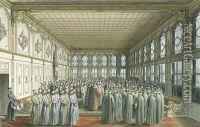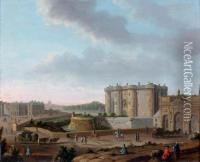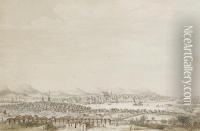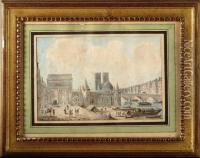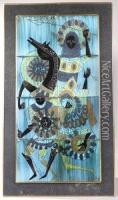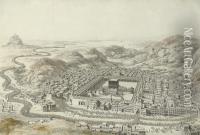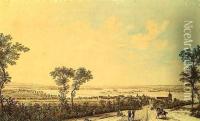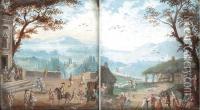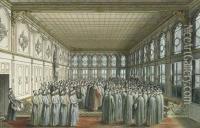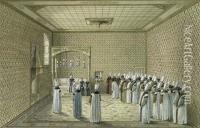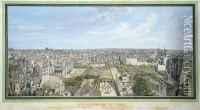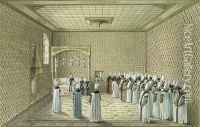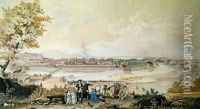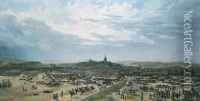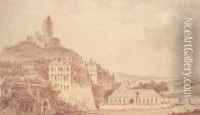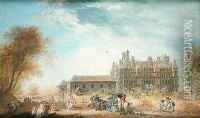Louis-Nicolas de Lespinasse Paintings
Louis-Nicolas de Lespinasse was a French draughtsman and military engineer who was born on May 5, 1734, in Dijon, France. Not to be confused with his contemporary, the writer and salonnière Julie de Lespinasse, Louis-Nicolas was known for his detailed and precise military drawings, which were highly valued during his time for their technical accuracy and aesthetic quality.
Lespinasse first pursued a military career and became an officer in the Corps of Engineers. His work took him to various fortifications and regions across France, where he honed his skills in military architecture and topography. His talent as a draftsman was recognized early in his career, and he was often assigned to create maps and plans of military operations and fortifications.
In the mid-18th century, the importance of accurate and detailed military drawings was paramount due to the constant wars and the need for updated information on fortifications. Lespinasse's works were not only functional but also possessed an artistic quality that made them stand out. He captured the complexity of the fortresses and the landscapes with a keen eye for detail and an elegant line.
Lespinasse’s contributions to military engineering were significant, as he provided invaluable visual information that was used for strategic planning and the construction of defenses. Despite the technical nature of his work, he managed to infuse his drawings with a sense of artistry, which led to admiration from both military and artistic circles.
Although Lespinasse was well-regarded in his profession, much of his personal life and professional career details remain obscure. His work, however, has survived and is a testament to the role of military engineers and draftsmen in the 18th century. It also provides modern-day historians and art enthusiasts with a glimpse into the meticulous work involved in military planning during the Age of Enlightenment.
Louis-Nicolas de Lespinasse passed away on December 15, 1808, in Paris, France. Today, his drawings and plans are considered valuable historical documents, as well as noteworthy pieces of art. They can be found in various museum collections and archives, offering insight into the military and artistic heritage of his era.
